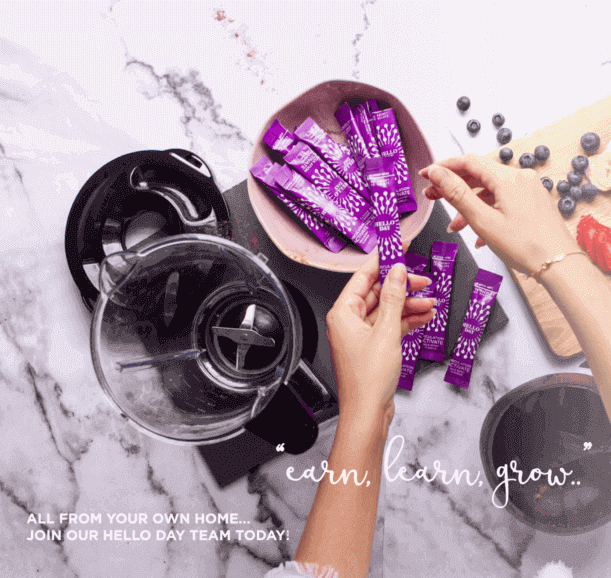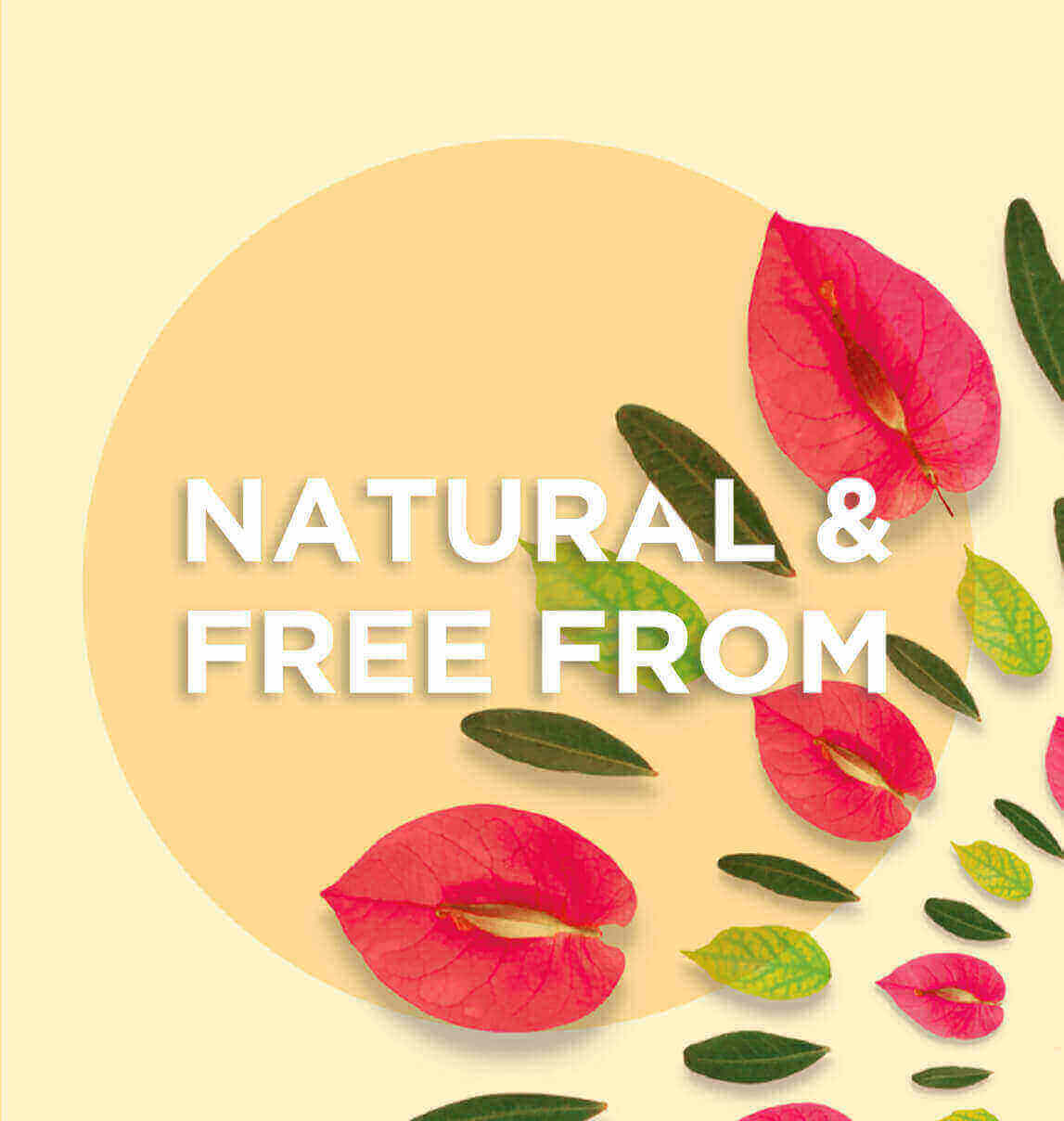Article written by Ariane Monnami, nutritionist with degrees in Micro-nutrition and Neuronutrition.
Deep into the dark, cold and grey winter period, we all start dreaming of holidays in the sun. However, whether it be to an idyllic tropical island or an Alpine ski resort, we still need to prepare our skin for this period of exposure to the sun.
Reduced sun exposure during the winter
During the winter months, our skin only very rarely comes into contact with sunlight – we spend more and more time inside, wear hats and scarves to protect ourselves from the cold and with a weaker sun lower on the horizon, the days begin to get shorter.
Anyway, one thing is clear – our skin is really missing the sun and our beautiful glowing complexion is merely a distant memory…
The role of Melanin
Melanin is a pigment produced by our skin in reaction to sunlight exposure. This pigment is what gives some of us that sought-after golden complexion, however for those with blonde or ginger hair, melanin production may be lower due to the lower content of melanocytes in the skin.
Melanin synthesis explained
Melanin is made of macromolecules produced by melanocytes when exposed to UV rays. There are two types of Melanin which vary in quantity:
- Eumelamine produced from tyrosine
- Pheomelanin produced from tyrosine and cysteine
Fragile winter skin
With nature being so well made, the gradual increase in sunlight during spring and early summer means that with increased exposure, our skin produces a greater amount Melanin in preparation to protect us from the sun’s rays.
Nature also tries to help us out by providing us with seasonal fruits such as apricots and peaches. These springtime fruits tend to be rich in beta-carotene, another very powerful pigment which helps to protect our skin from UV rays.
Unfortunately during the winter, this natural protection completely disappears. On top of that, our skin is more vulnerable to pollution and cold weather, only making it even more fragile!
So it’s not surprising that any sudden exposure to sunlight, whether on holiday in the mountains or elsewhere can leave us with a particularly painful souvenir!
If you like to use self-tanners, just be aware that these don’t actually protect your skin from UV rays, so it’s important to be just as careful and protect your skin appropriately.
Preparing your skin with a good diet
A mediterranean diet is not only good for our heart but also very useful when preparing our skin for exposure to sunlight.
Fatty fish (salon, sardines, tuna, swordfish, herring), avocados, nuts (almonds, walnuts, hazelnuts) and olives are all a good source of Omega 3 and Omega 6, which help to prevent skin dehydration.
Colourful fruits and vegetables such as tomatoes, aubergines, peppers and red grapes are also a good source of powerful antioxidants such as the carotenoid Lycopene. Lycopene is the most powerful carotenoid when getting rid of free radicals.
Did you know?
Lycopene is particularly effective due to its fat solubility, with free radicals developing in the liquid part of the cell. Cooking tomatoes with olive oil into a sauce can provide a very good source of lycopene – also a great reason to eat spaghetti Bolognese and pizza!
The apricot season might be a little far away but at this time of year, carrots come to our rescue by also providing us with that precious betacarotene to encourage tanning.
Useful dietary supplements
Sun Prime contains Melanin precursors, L-cysteine and L-tyrosine, as well as Lycopene for an anti-oxidative action.
Start this treatment before leaving for your holidays in the sun, and carry it on throughout your holidays. Just make sure to still use sun cream, especially if you have blonde or ginger hair.





